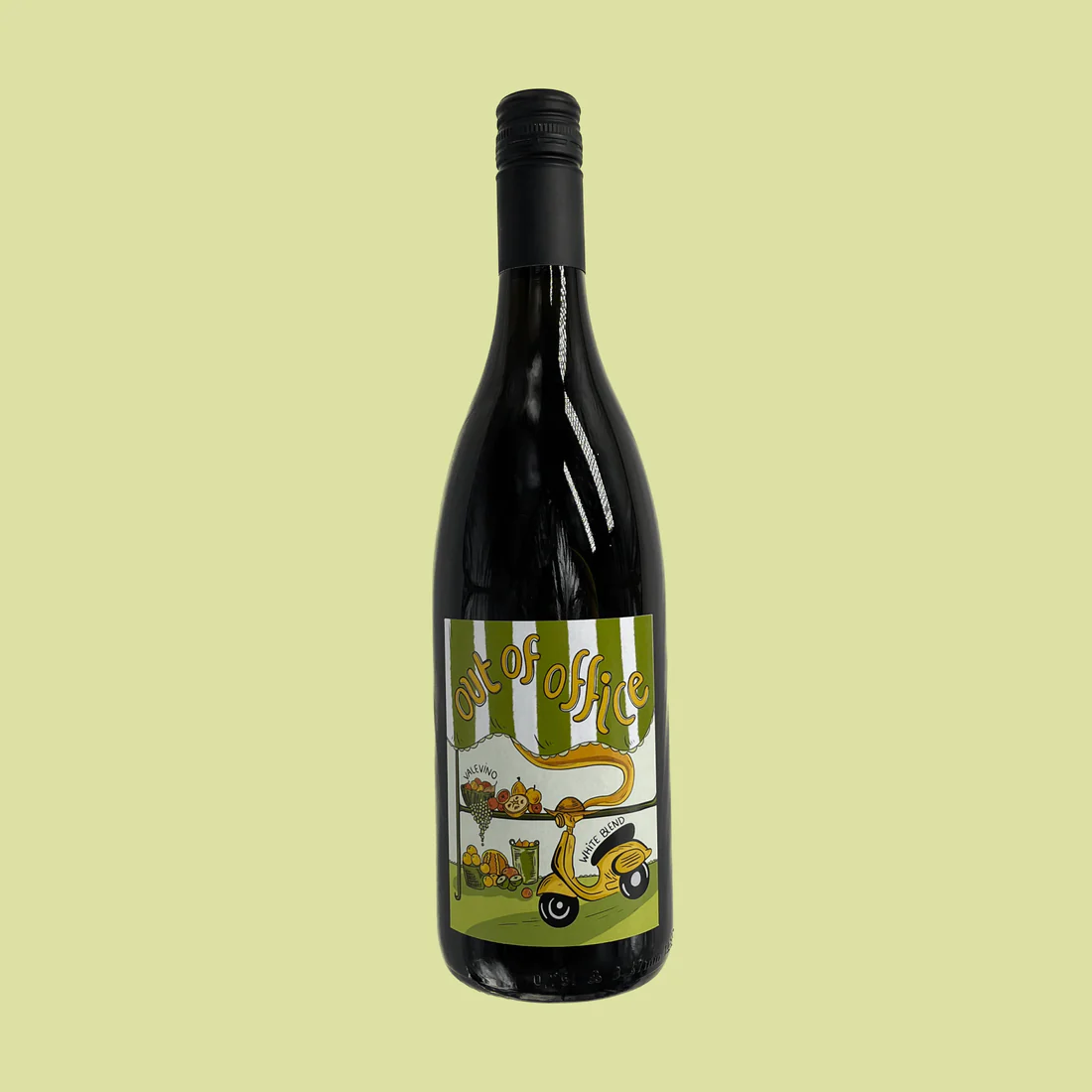Growing up, our mom would always order a glass of Prosecco at dinner because it's low-calorie and easy to pair. Fun fact: Prosecco usually contains 80-90 calories a glass whereas many still whites, still reds, and champagne are all around 120 calories per glass. (Doing the girl math in my head ~3 glasses of Prosecco = a similar amount of calories as 2 glasses of other wine).
So, how do you get from grapes on a vine to popping bottles of bubbly Prosecco?
What is Prosecco?
Prosecco is a sparkling wine from Italy that is fermented in pressurized tanks (called the Charmat Method) to create "bubbles." Fermentation is the process that turns the grapes into alcohol. This is a key difference between Prosecco and Champagne because, with champagne, the fermentation that creates the bubbles occurs in the bottle (traditional method).
The grapes used and the region produced are regulated. Prosecco can only be produced in Friuli-Venezia Giulia and Veneto (outside Venice). The Glera grape must be at least 85% of the wine, and other grape varieties allowed are Bianchetta Trevigiana, Chardonnay, Perera, Pinot Bianco, Pinot Grigio, and Pinot Nero.
Step 1: Grow and harvest the grapes
Wine is an agricultural product. People like it to sound intimidating and fancy, but much of the work happens in the vineyard.
A vineyard is much like a farm. I like to compare grapes to apples. Sizes of apples, taste, and price can all vary every year. The timing and quality of the apples you get can all be impacted by where they are grown, how much rain there was, how cold or warm it was, if there were diseases, and how much sunlight the trees get. Grapes work very similarly. And just like apples year to year, the taste may vary slightly because of the size, sugar, and overall quality.
When the grapes are ripe (usually at the end of summer/early fall), they must be picked (harvested). Some vineyards do this by hand, and others use machinery.
Step 2: Add pressure
The grapes are brought to the winery immediately after harvesting and are pressed. The juices from the grapes (which will be used to make the white wine) are separated from the seeds and skins in this process. Many times at this step, sulfur dioxide is added to the grapes. Sulfur dioxide is the primary preservative used in wine - it's used to prevent the grapes/juice from going bad. The juice is left to settle for a few hours or more (immediately after pressing, it is cloudy; it needs to be clear to make wine).
Step 3: Fermentation
Fermentation is the process that turns the grapes into alcohol. It usually takes 14 days for white wine. First, yeast is added to the crushed grapes. The yeast is a key step to the winemaking process, just like baking bread (any other pandemic bread bakers out there?).
In winemaking, different types of yeast can be used (commercial or natural), but what you need to remember is that the yeast is the step that kicks off the grapes being turned into alcohol.
In this step, temperature can be used to help control the sweetness level. Just like with baking bread, the yeast "eats" the sugars. By super chilling the juice during fermentation, the winemaker can stop the yeast from "eating" the sugars in the juice and preserve some of the sugars to make a slightly sweeter wine.
Step 4: Second fermentation (in a steel tank)
The second fermentation is how Prosecco gets its bubbles. This process occurs in a sealed steel tank where trapped carbon dioxide creates the bubbles.
Step 5: Aging
The wine is aged in steel tanks for a minimum of 30 days.
Step 6: Filtering, add sugar (optional), and bottle
When the winemaker decides the wine is ready to be bottled, the Prosecco is filtered first in a pressure-resistant filter. I like to compare filtering to using a strainer for cooking.
Depending on the classification of the Prosecco a mixture of sugar and freshly crushed grapes (contains the skins, seeds, juice, and stems) may be added. This impacts the sweetness levels. Not all Prosecco has additional sugar added.
The wine is then bottled.
Step 7: Enjoy!
With Prosecco, it's best to drink chilled within two years of bottling.









